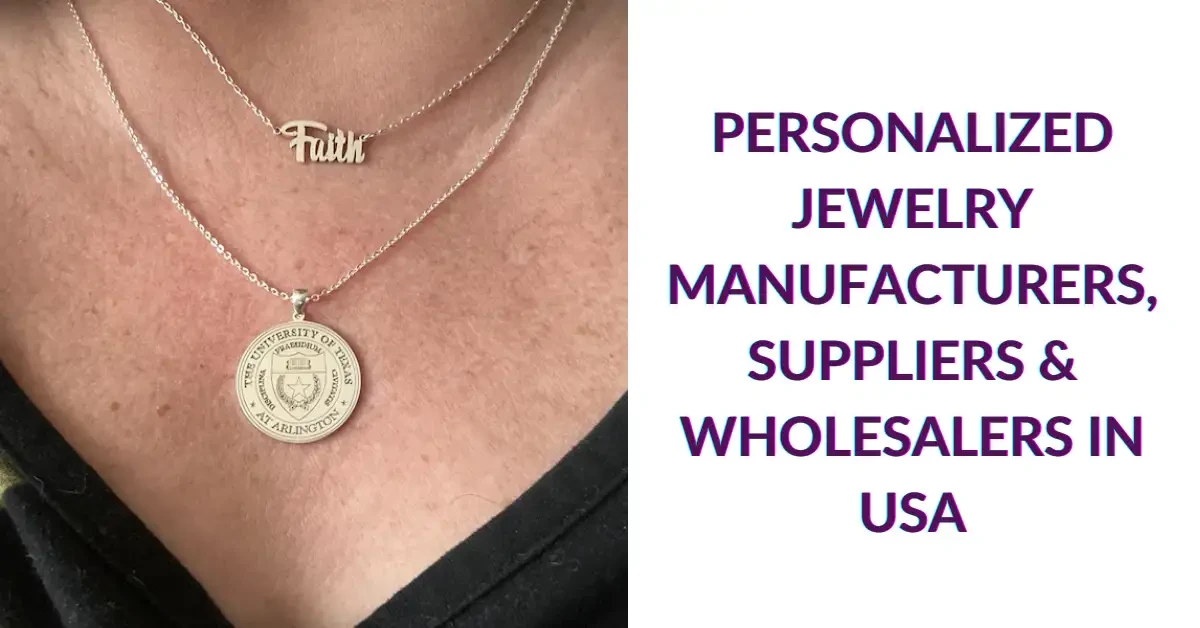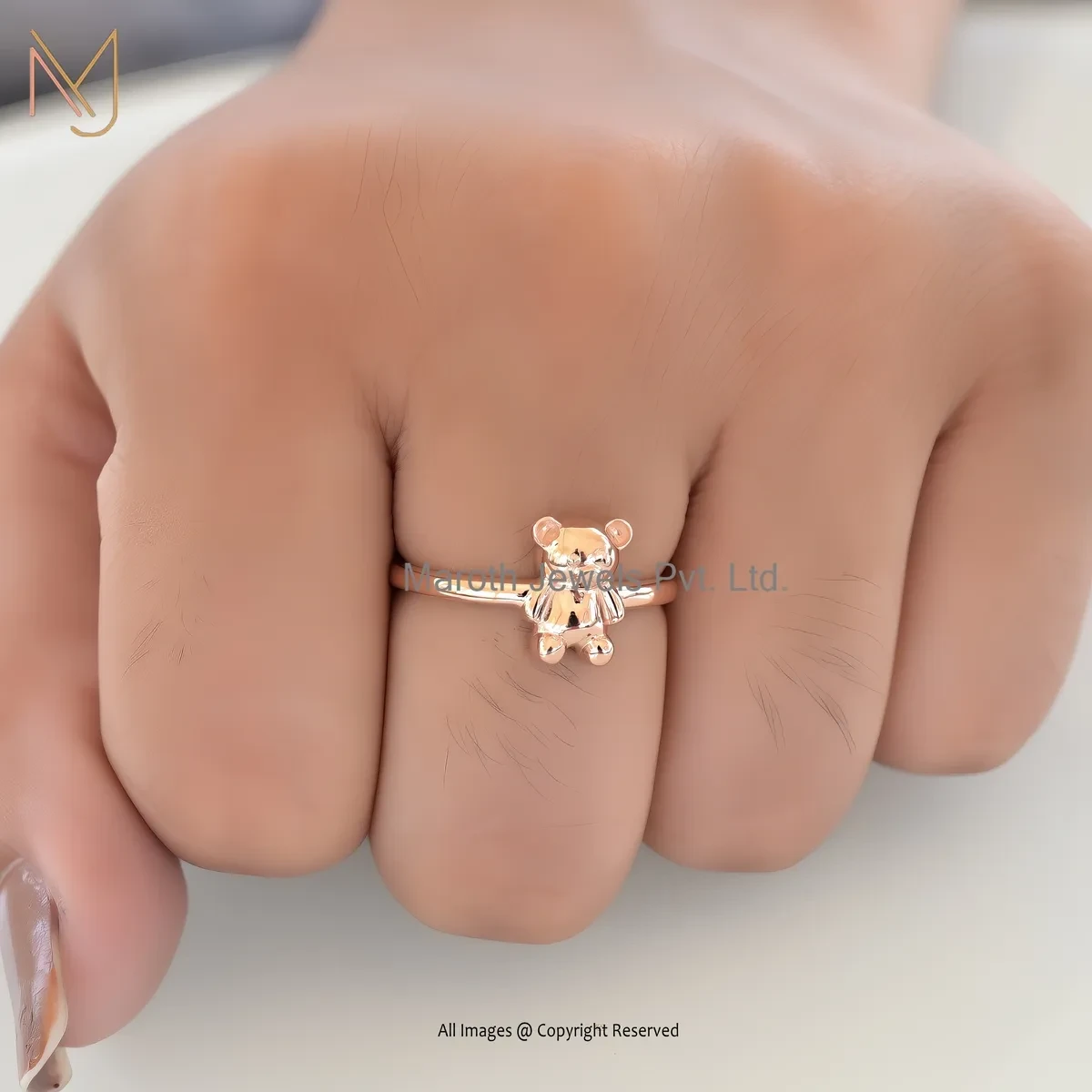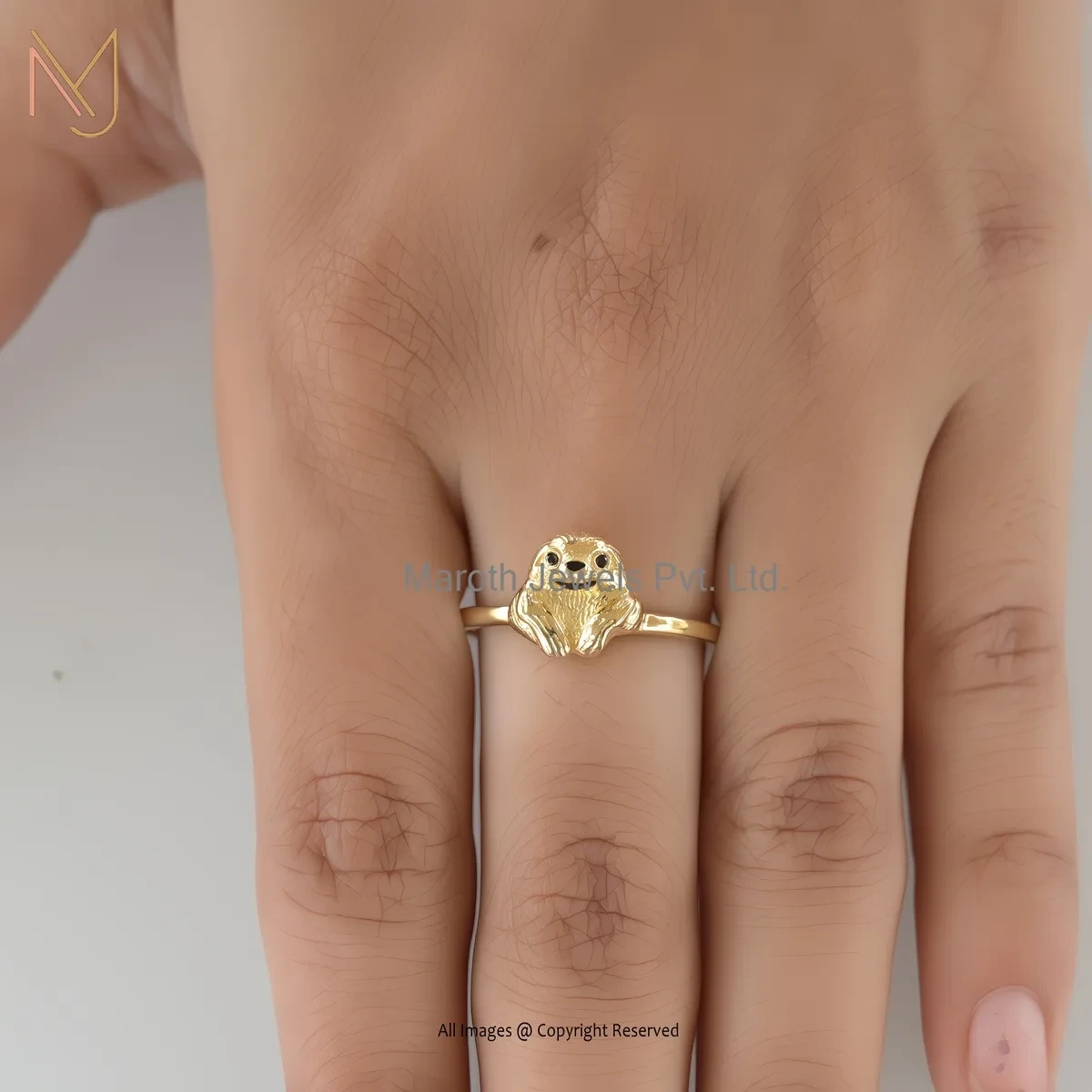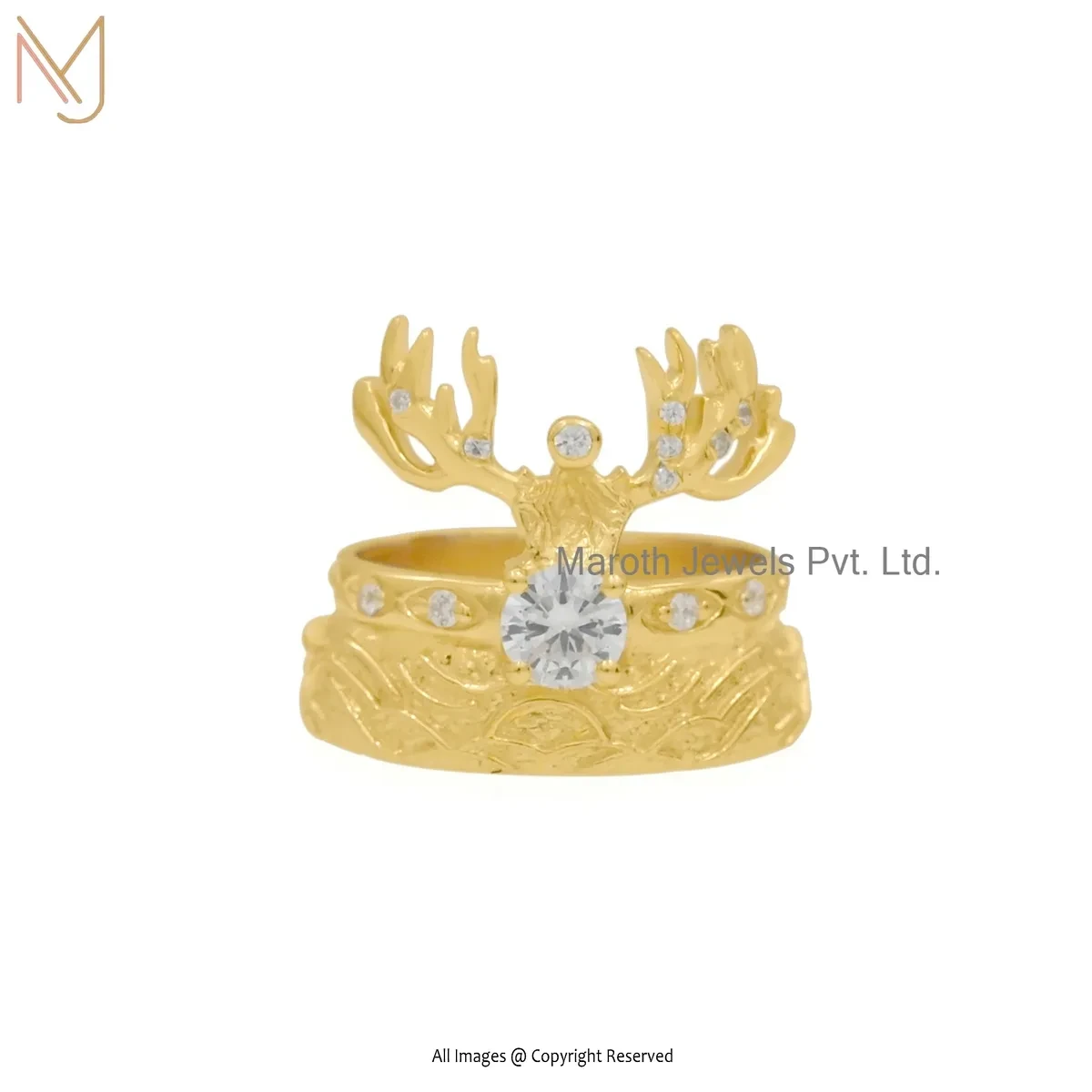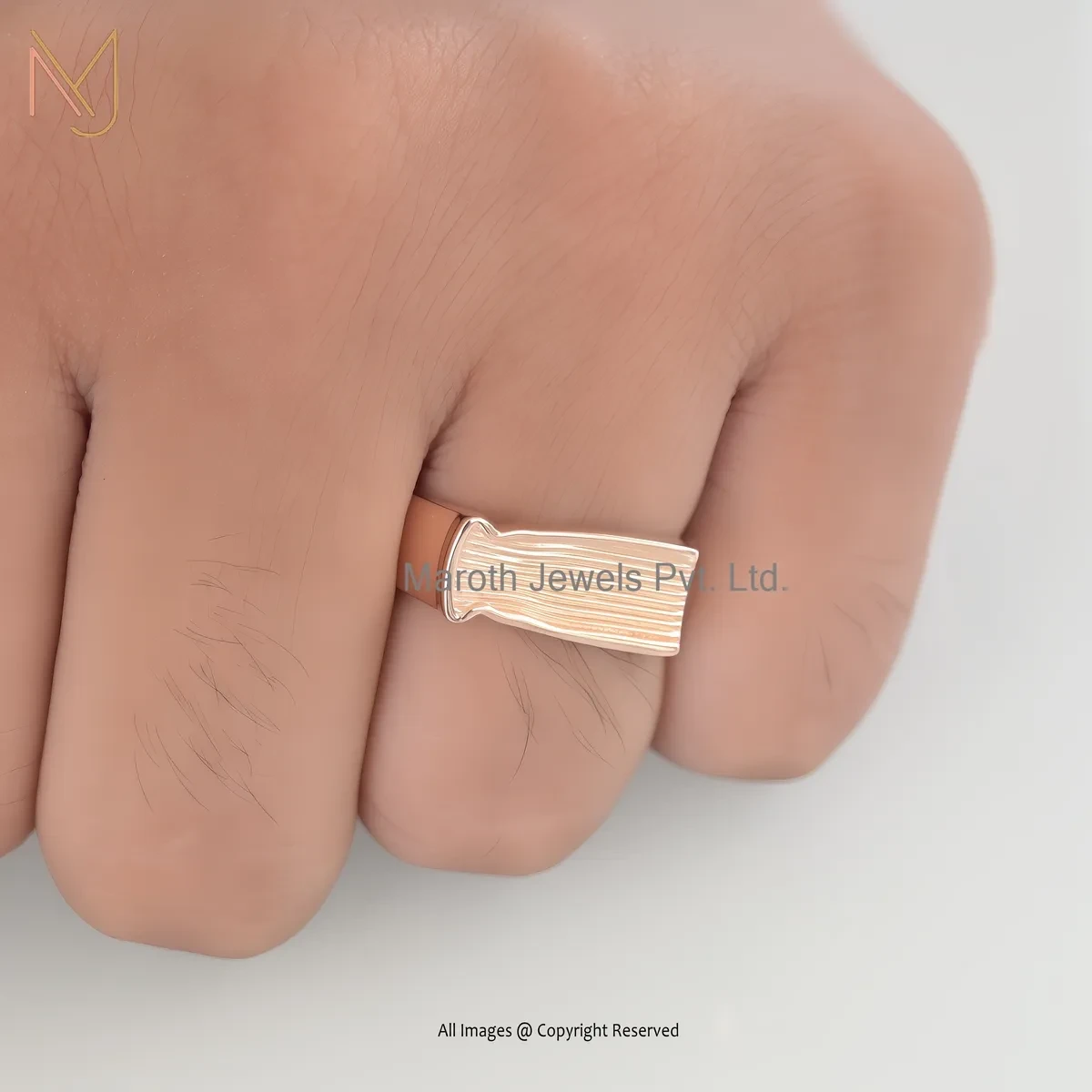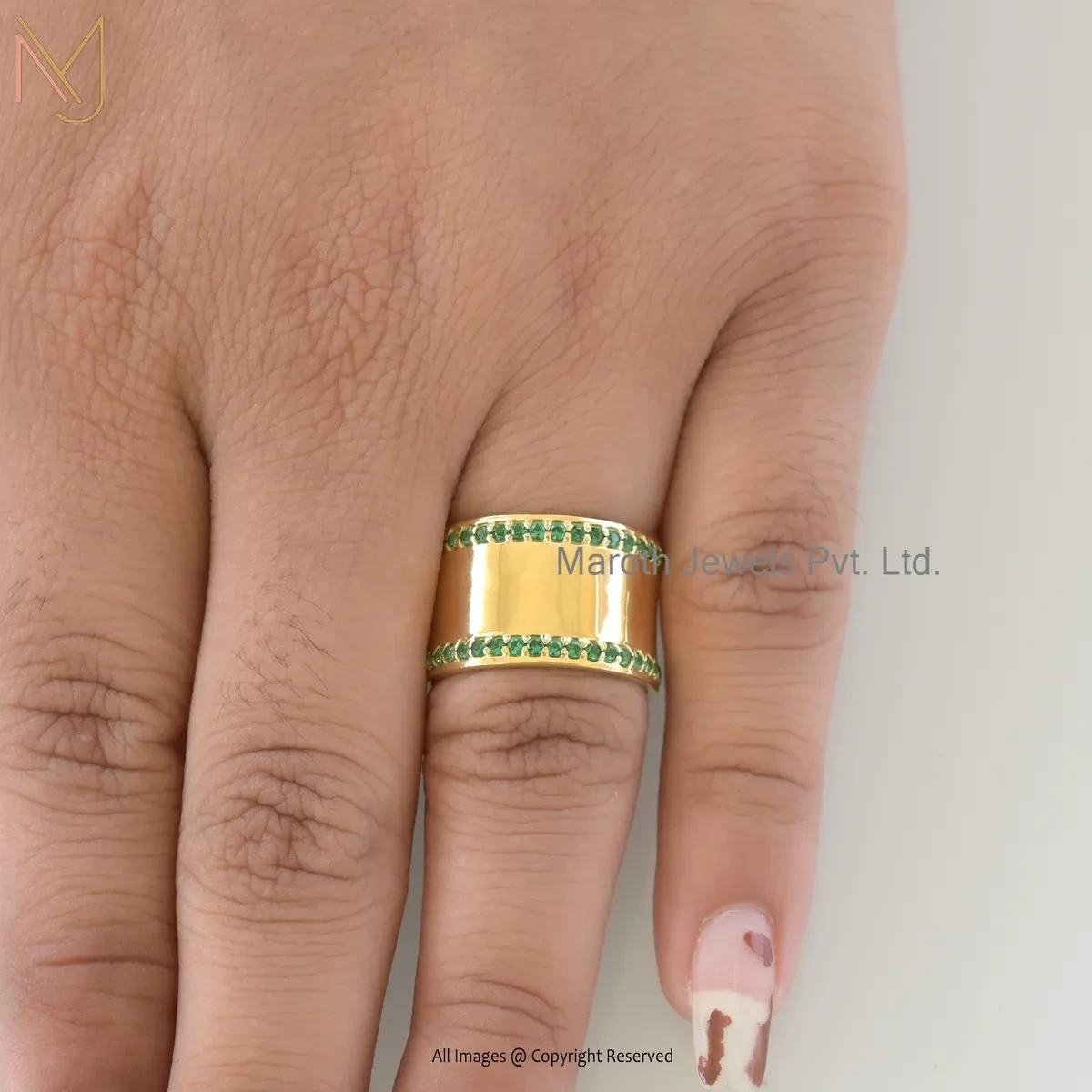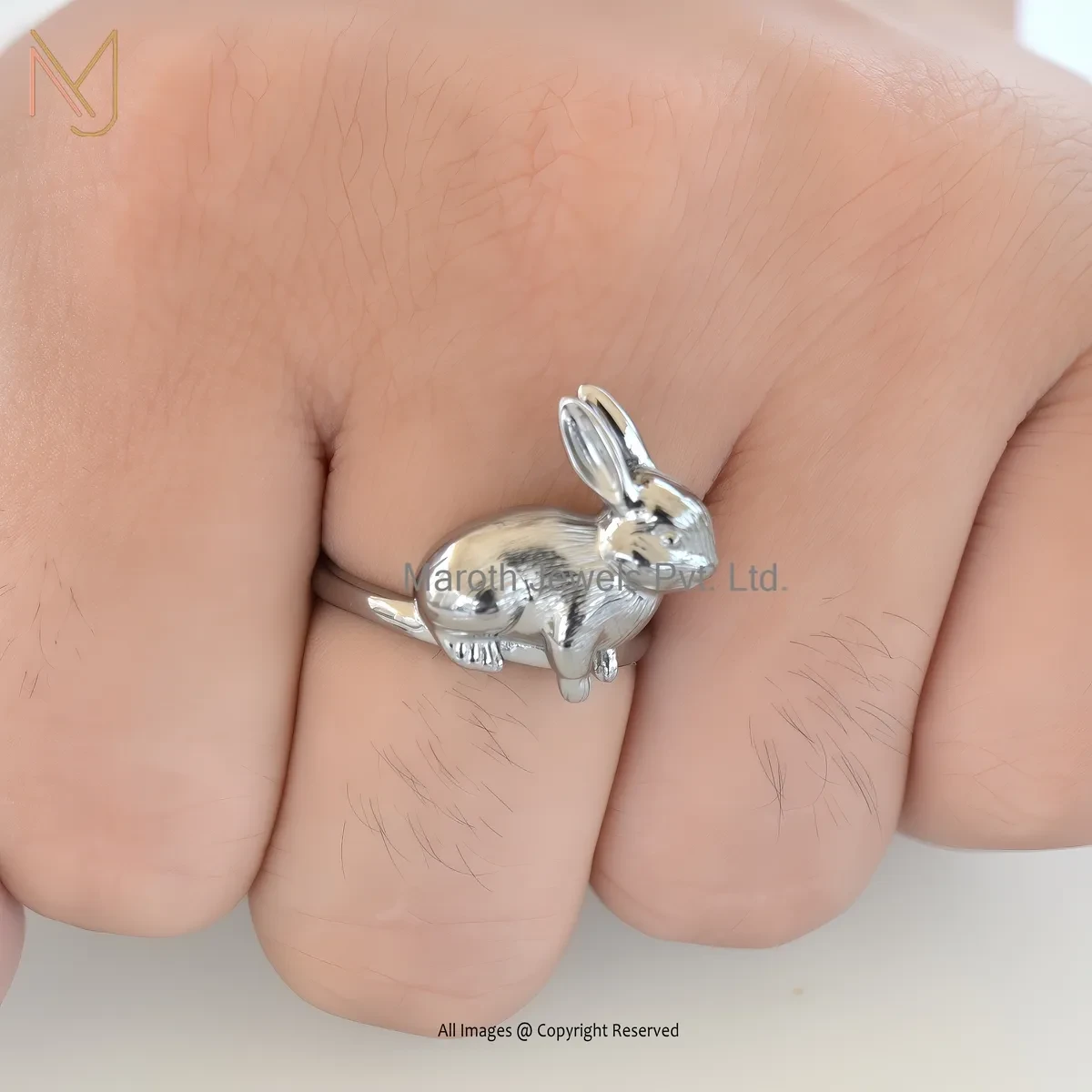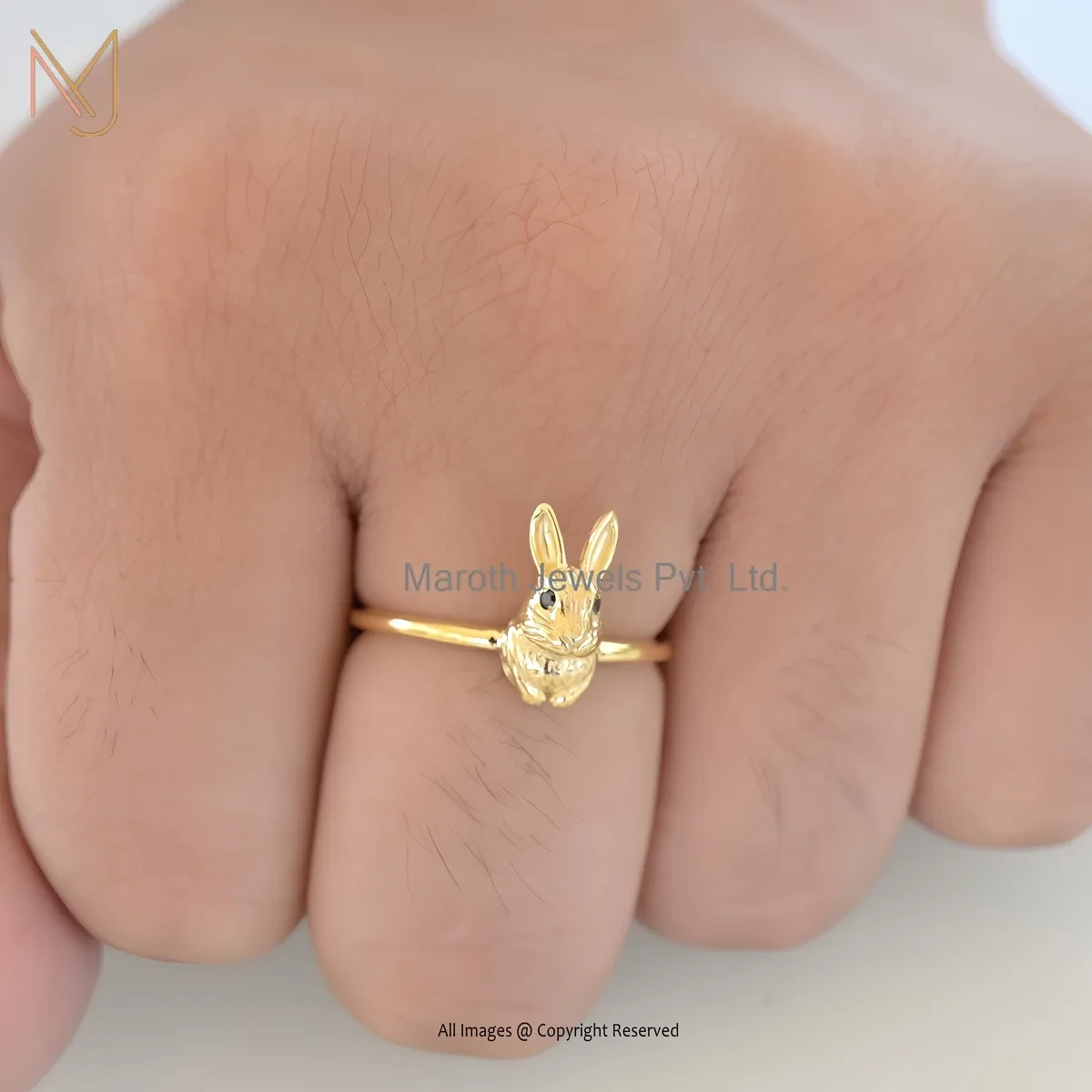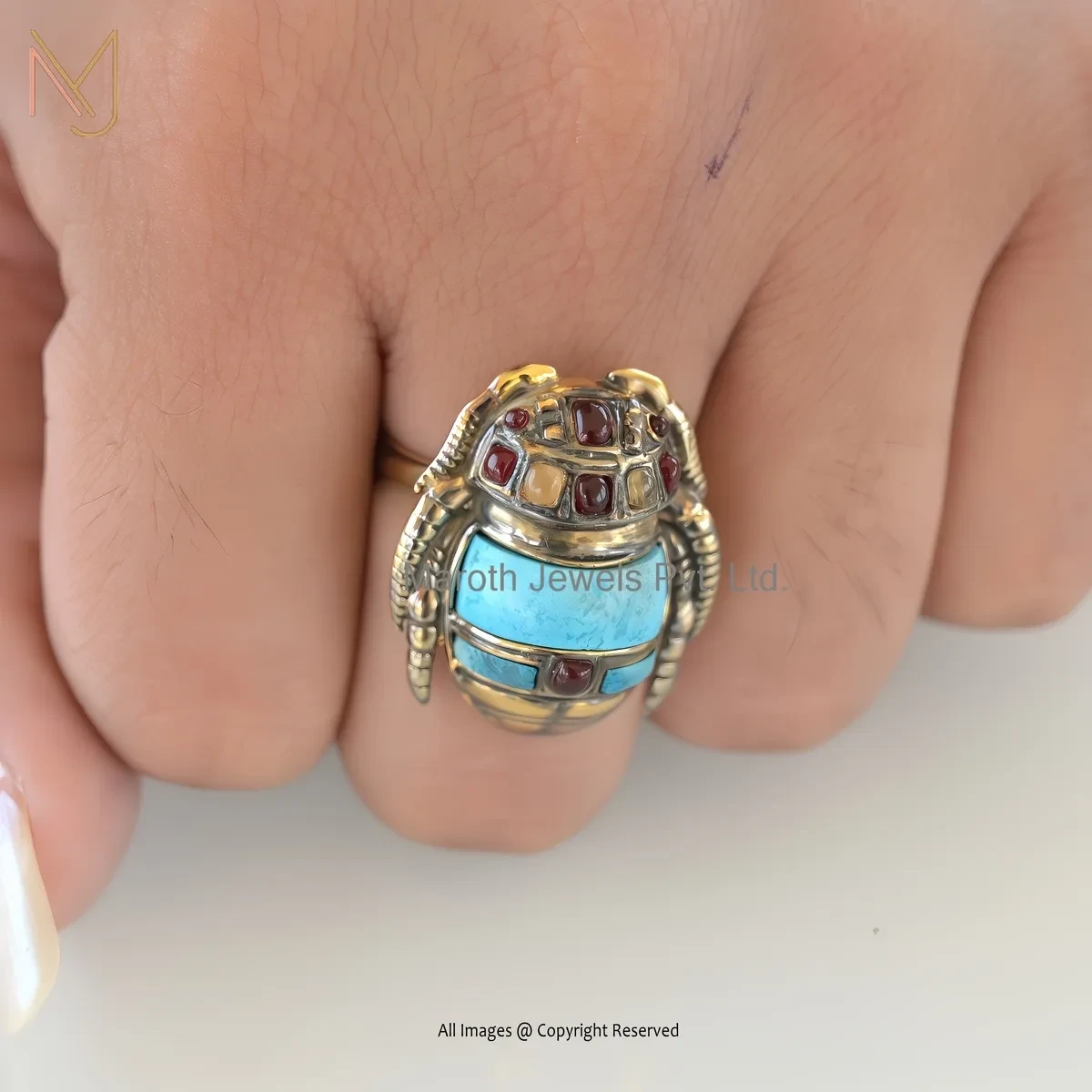What Are The Markings On Gold Jewelry?
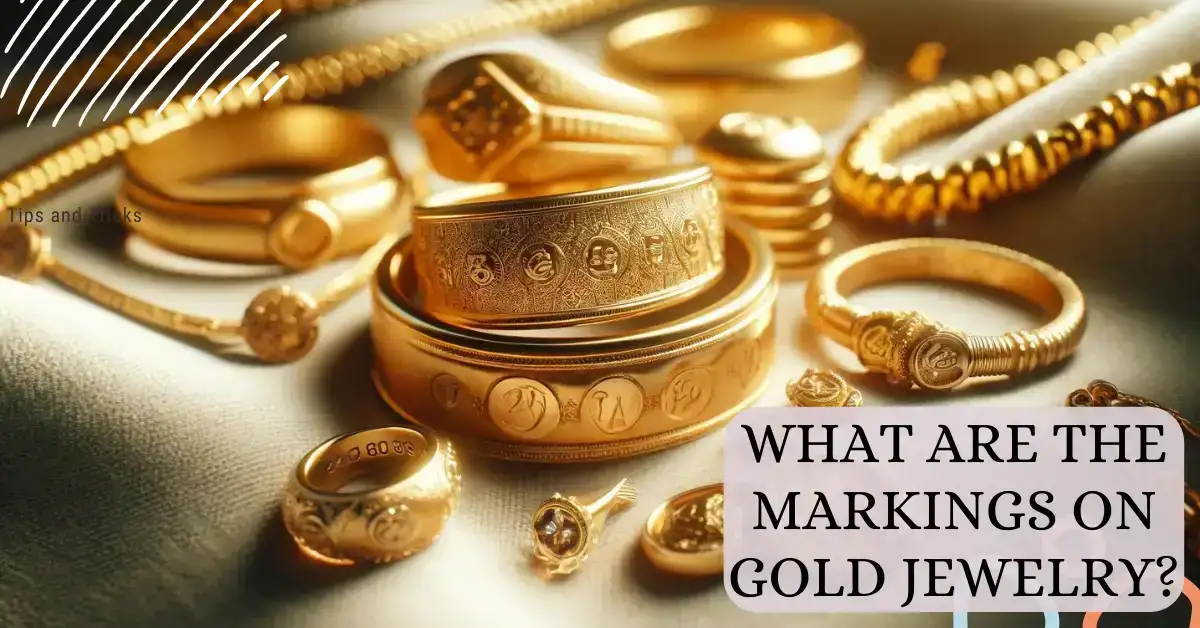
What Are The Markings On Gold Jewelry?
It is crucial to understand and identify what and how one’s jewelry can be used at the point of time when one might need to sell these pieces for future endeavors, shift in trends, or change in tastes in jewelry.
Gold Purity A Brief Guide Hallmarks
Historically, these markings served multiple purposes: They provided assurance of the purity of the gold, a testimony of the work done by the goldsmith and, at other times, they gave information of the source of the gold piece. Signs of gold have become regulated to a considerable extent today while differences are still apparent. The simplest and yet the most widely accepted method of evaluating gold purity today is the ‘karat’ system.
The Karat System
Jewelers describe the degree of gold as karats, thus 24 karats is real gold free from any other alloy which means 24 parts of the material is gold. It is customarily referred to as “99. ” 9% pure gold. Smaller stamps can be symbols like 18K, 14K, or 10K. They are easy to read, offering a straight-forward knowledge of gold in a piece that is being appraised. Just to note, when comparing karat and carat, one might easily get lost and find the two measures to be very similar. Karat is concerned with the purity of gold and carat is one of the ways of expressing the weight of a gemstone such as a diamond.
VISIT FOR :: Custom Jewelry
Gold Content Chart (Karat System)
Something to keep in mind, it is easy to confuse karat and carat. Karat relates to the purity of gold, while carat refers to the weight of a gemstone like a diamond.
The Millesimal Fineness Scale
Another method that is used to classify the purity of gold is using the Millesimal Fineness Scale. The ‘Millesimal Fineness Scales’ mark works as a qualitative metric where the higher numeric quantifier describes the purer composition of the metal in parts per thousand. Gold-filled items would be marked by ‘GF,’ and an alloy containing 75% gold would have the hallmarks ‘750. ’ ² This paper is entitled Gold Hallmarks and Their Significance to focus on the importance of hallmarking in the promotion of the jewelry industry.
Even so, the karat system gives a level of purity in terms of weight, while hallmarks refer to the actual identification and place of manufacture. If you are interested in the value of any gold jewelry or perhaps, you are planning to invest in any of the gold pieces, you should consider learning about gold hallmarks. This is necessary in order to describe the size of these small stamps or engravings that can be found on gold items: very small, smaller than 1 mm, usually located in the inner part of the object and by their nature are vital for assessing the purity and actual authenticity of the gold item.
The Millesimal Fineness Scale
Another scale that gives an indication of the classification of gold is the Millesimal Fineness Scale. Millesimal Fineness Scales shows value of fineness in terms of thousandths parts. If the manufacturer is carrying out 75 percent of gold, then the item would be stamped with “750”. ²
A Brief Guide to Gold Hallmarks and Their Meanings
While the Karat system gives a measure of purity, Hallmarks on the other hand are agents of authenticity and origin. There is nothing that can go wrong when it comes to buying a precious piece of jewelry, a ring, say, or even if you are just interested in the value of a piece of item that you already own. These minute impressions or images left on the gold pieces are crucial in ascertaining the value and legitimacy of the object. Most gold jewelry is not hallmarked and this will impact on the ways used to test the item. It’s something one can encounter with elderly pieces. In some extreme cases, the markings may be removed entirely when washing the cup or they may be hard to distinguish after washing.
VISIT FOR :: Which Hand To Wear Crystal Bracelet – Left Or Right Wrist?
Symbolisms in the Modern World
For instance, British hallmarking typically included a series of marks:For instance, British hallmarking typically included a series of marks:
Maker’s Mark: This reveals the individual or business that posted the item to the specific assay office.
Assay Office Mark: This sign shows the testing agency which endorsed the purity of this jewel of gold. The mark can be different for each country or a region, but a lion passant, symbol of a crown or an eagle symbol may be used.
Purity Mark: This is arguably the most crucial mark and gives information regarding the troy ounce or the karats (K) of pure gold present in the piece. It is also sometimes described as a fineness mark that indicates the quality of the alloy down to one part in a thousand.
Field Instructions for Identifying Gold Engraving
Just in case the gold has some other signs on it, the next thing that should concern anyone would be knowing the gold symbols, markings as well as the hallmarks. This shows the ways in which people can benefit from knowing these symbols, including knowing the purity of a piece, the maker of the piece, and origin of a piece.
How to Read and Interpret Hallmarks
Look for Numbers: The purity mark will often be in figures, the figures 1000 part being reserved for the part per thousand of gold. For instance, where “750” is written, it implies that the content of gold is 750 parts per thousand of the total parts of the metal and this is denoted as 18K gold.
Identify the Assay Office: Where there are several assay offices in a country, each one will be typified by certain symbolization. For instance in the United Kingdom, the symbol of a leopard head is used to represent London and an anchor representing Birmingham.
Maker’s Mark: This is generally a combination of letters enclosed in a particular encircle. Broadly it can be traced back to either the jeweler or the manufacturer.
Date Letter: There are some features that can be easily recognized, for instance, a letter which shows the year of hallmarking of an article. This can be particularly useful for antique gold pieces. The reason for this is because through oxidation the appearance of these precious metals change and allows for an easier identification of the authenticity of a piece of jewelry.
Additional Marks: Sometimes there may be other images, including a crown or the depiction of a head, which as far as it is recognized, reveals the origin of the gold or that it conforms to legal requirements.
Strategies to Use When Inspecting and Analyzing Various Patterns on Gold Items
In addition to identifying the maker’s mark, purity or fineness mark, the date, and any lettering, here are some helpful tips when you seek to identify the gold markings on your jewelry:In addition to identifying the maker’s mark, purity or fineness mark, the date, and any lettering, here are some helpful tips when you seek to identify the gold markings on your jewelry:
Ensure that all the preparations done are done in a well lit room or environment.
You may need a magnifying glass, a jeweler’s loupe, or even a microscope; or you can take a photo with your smartphone and then zoom in.
Be aware of where the marking is most often (rings – inside the band, necklaces and bracelets – near the clasp).
Polish the jewelry to ensure that there are clear marks that could be seen easily.
If the marking is still hard to discern, then it is advised to seek help from an expert.
In conclusion
Gold in fine jewelry can be ascertained in several ways and the simplest method is the ones offered by the manufacturers. Producers of items made from gold, particularly those with a recognized channel, employ a number of tools for identification of the product and workmanship, commonly referred to as stamp and hallmark.
READ MORE :: What Is Melo Melo Pearl, And Why Is It So Rare?
Recent Posts
Custom Jewelry vs Fine Jewelry
Wholesale Custom Nameplate Jewelry Manufacturer
Custom Jewelry Manufacturers in Singapore
How Do I Buy Wholesale and Sell Jewelry?
Best Online Wholesale Jewelry Shopping App
Related products
14K Rose Gold Teddy Bear Jewelry Supplier
925 Silver Rose Gold Plated Teddy Bear Jewelry Supplier
14K Yellow Gold Cubic Zircon Sloth Ring Custom Jewelry
925 Silver Yellow Gold Plated Cubic Zircon Sloth Ring Custom Jewelry
14K Yellow Gold Cubic Zircon Deer Antler Ring Manufacturer
925 Silver Yellow Gold Plated Cubic Zircon Deer Antler Ring Manufacturer
14K Yellow Gold Rabbit Ring Jewelry Supplier
925 Silver Yellow Gold Plated Rabbit Ring Jewelry Supplier
14K Yellow Gold Men's Square Signet Band Ring Custom Jewelry
925 Silver Yellow Gold Plated Men's Square Signet Band Ring Custom Jewelry
Privtae Lable 14K Yellow Gold Emerald Cubic Zircon Cigar Band Ring
Privtae Lable 925 Silver Yellow Gold Plated Emerald Cubic Zircon Cigar Band Ring
14K White Gold Rabbit Ring Jewelry Supplier
925 Silver Black Rhodium Plated Rabbit Ring Jewelry Supplier
14K Yellow Gold Black Cubic Zircon Rabbit Ring Manufcaturer
Wholesale 14K Yellow Gold Turquoise And Sunstone Scarab Ring
Wholesale 925 Silver Yellow Gold Plated Turquoise And Sunstone Scarab Ring
14K Yellow Gold Butterfly Ring Custom Jewelry
925 Silver Yellow Gold Plated Butterfly Ring Custom Jewelry
Contact Us For Custom Jewelry
Please get in touch with us and share your ideas if you have personalized jewelry or are searching for a private label jewelry manufacturer. In accordance with your suggestions, we will make and present genuine jewelry.
Drop Us a Line
Scan QR Code
for immediate contact


